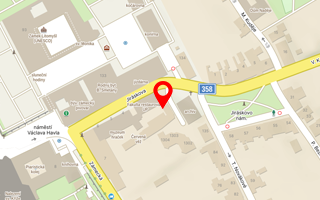Grant provider: EU
Programme:
Duration: 09/2009 – 08/2012
The project aimed to reintroduce the use of this historical building material with modern manufacturing techniques. The main target was buildings from the 19th and early 20th centuries and certain areas of modern construction, such as high diffusion plasterwork and floorings. Researchers conducted laboratory tests to gain a better understanding of the mechanism behind cement hydration and the optimum conditions for mortar processing and handling. The project also sought to increase the market potential for Roman cement technology and establish it as a building material. Production methods used for manufacturing Roman cements ranged from small-scale artisan wood-fired shaft kilns to large-scale industrial rotary kilns. The cements were analysed and used to perform mortar tests and on-site tests. Results showed that Roman cements of various properties, which matched their historical performance and met the ROCARE standard, could be produced for various sectors of the market. Project partners also developed a technique that allowed de-activated mortar to be stored for extended periods of time prior to final mortar production. A company was then approached to develop the technology to produce factory-blended, de-activated mortars. In addition, a database of properties was created for a wide range of Roman cement mortars to provide a comparison with other mortars used by building conservationists. European standards were developed and revised by the ROCARE project based on newly developed standardised production methods suitable for the full range of Roman cements. The project generated sufficient data to support the new ROCARE Standard for Roman cement, which was prepared and released into the public domain. ROCARE produced a manual on best practices for the application of Roman cements and placed it on the project website. The manual, which explaines how to use Roman cement technology in various fields of application, is an essential tool for developing a market for the product. The success of the ROCARE consortium will not only help to conserve Europe's architectural heritage. However, it will also help create jobs for the maintenance, restoration and reconstruction of buildings' historical facades.

